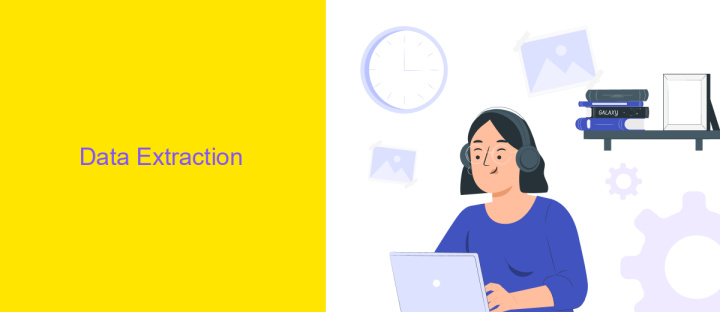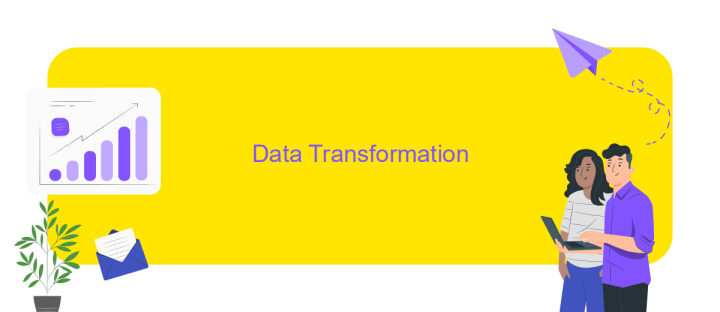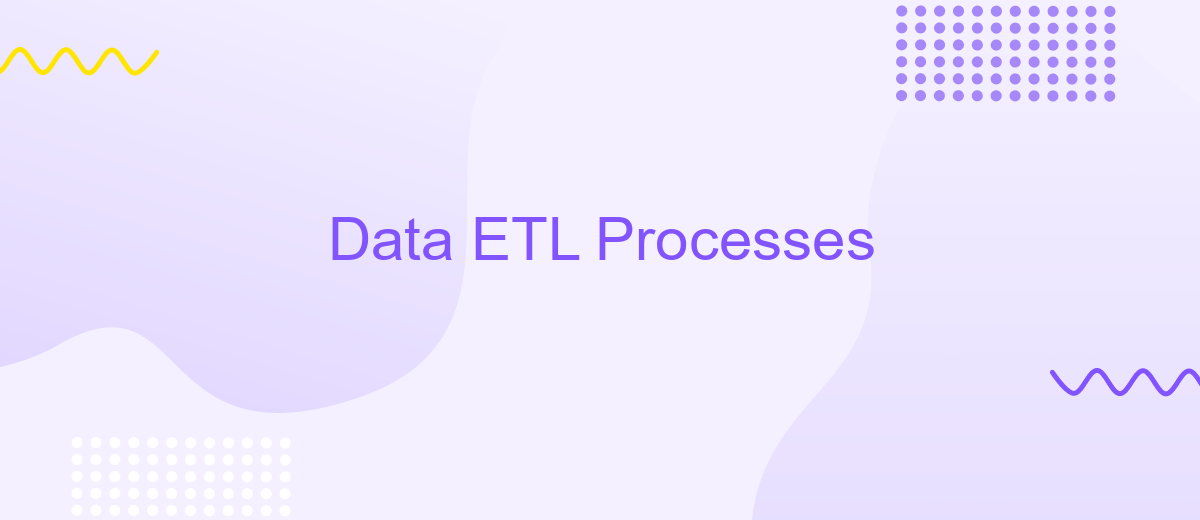Data ETL Processes
Data ETL (Extract, Transform, Load) processes are critical for modern data management and analytics. They involve extracting data from various sources, transforming it into a suitable format, and loading it into a destination system. This article explores the key components, benefits, and best practices of ETL processes, providing insights into how they optimize data workflows and drive informed decision-making.
Introduction
Data ETL (Extract, Transform, Load) processes are fundamental to modern data management and analytics. These processes enable organizations to extract data from various sources, transform it into a suitable format, and load it into a target system for analysis and reporting. Efficient ETL processes ensure data consistency, quality, and accessibility, which are crucial for informed decision-making.
- Extraction: Collecting data from diverse sources such as databases, APIs, and flat files.
- Transformation: Converting data into a consistent format, including cleaning, filtering, and aggregating.
- Loading: Inserting the transformed data into a target database or data warehouse.
To streamline ETL processes, organizations often use integration services like ApiX-Drive. ApiX-Drive simplifies the setup of data integrations by providing an intuitive interface and pre-built connectors for various applications. This reduces the complexity and time required to establish reliable data pipelines, allowing businesses to focus on analyzing and leveraging their data effectively.
Data Extraction

Data extraction is the initial phase in the ETL (Extract, Transform, Load) process, where raw data is collected from various sources. These sources can include databases, APIs, flat files, and cloud storage systems. The objective is to gather this data in a consistent and structured format, making it ready for subsequent transformation and loading steps. This phase is crucial as it sets the foundation for the overall data pipeline, ensuring that the information is accurate and up-to-date.
Modern tools and services can significantly simplify the data extraction process. For instance, ApiX-Drive offers robust integration capabilities that allow seamless data extraction from numerous platforms. By automating the extraction process, ApiX-Drive reduces the manual effort required and minimizes the risk of errors. This service supports a wide variety of data sources, making it a versatile solution for businesses looking to streamline their ETL workflows. Utilizing such tools ensures that the data extraction phase is efficient and reliable, paving the way for effective data transformation and loading.
Data Transformation

Data transformation is a crucial step in the ETL process, involving the conversion of raw data into a format suitable for analysis. This step ensures that data is clean, consistent, and usable, facilitating accurate insights and decision-making. The transformation process can range from simple tasks like data type conversions to complex operations such as data normalization and aggregation.
- Data Cleaning: This involves removing duplicates, handling missing values, and correcting errors to ensure data quality.
- Data Standardization: This step standardizes data formats, units, and naming conventions to maintain consistency across datasets.
- Data Enrichment: Adding additional data from external sources to enhance the dataset's value and utility.
- Data Aggregation: Summarizing data to provide higher-level insights, such as calculating averages or totals.
- Data Normalization: Organizing data to reduce redundancy and improve data integrity.
Effective data transformation often requires robust tools and services. ApiX-Drive, for instance, offers seamless integration capabilities, allowing businesses to automate data transformations across various platforms. By leveraging such services, organizations can streamline their ETL processes, ensuring that transformed data is readily available for analysis and reporting.
Data Loading

Data loading is a critical phase in the ETL process where transformed data is transferred into a target system, such as a data warehouse or a database. This step ensures that the data is accessible and ready for analysis, reporting, and other business intelligence activities.
One of the key challenges in data loading is maintaining data integrity and consistency. It is essential to ensure that the data is accurately loaded without any loss or corruption. This can be achieved through various techniques such as batch processing, real-time loading, and incremental loading.
- Batch Processing: Loading data in large chunks at scheduled intervals.
- Real-Time Loading: Continuously loading data as it becomes available.
- Incremental Loading: Loading only the new or updated data since the last load.
Tools like ApiX-Drive can simplify the data loading process by automating data integration between various systems. ApiX-Drive allows you to set up seamless connections and automate data transfer, ensuring that your data is always up-to-date and accurate. This not only saves time but also reduces the risk of manual errors.


Conclusion
In conclusion, mastering Data ETL processes is crucial for any organization aiming to leverage data for strategic decision-making. Efficient ETL processes ensure that data is accurately extracted, transformed, and loaded, providing a reliable foundation for analytics and business intelligence. By automating these processes, companies can save valuable time and resources, allowing teams to focus on deriving insights rather than managing data workflows.
For organizations looking to streamline their ETL processes, services like ApiX-Drive offer valuable solutions. ApiX-Drive simplifies the integration of various data sources and automates data transfer, reducing the complexity and potential errors associated with manual ETL tasks. Utilizing such tools can significantly enhance the efficiency and accuracy of data management, ultimately empowering businesses to make more informed decisions based on high-quality data.
FAQ
What is ETL?
Why is ETL important?
What are common challenges in ETL processes?
How can I automate ETL processes?
What are the key components of an ETL pipeline?
Time is the most valuable resource for business today. Almost half of it is wasted on routine tasks. Your employees are constantly forced to perform monotonous tasks that are difficult to classify as important and specialized. You can leave everything as it is by hiring additional employees, or you can automate most of the business processes using the ApiX-Drive online connector to get rid of unnecessary time and money expenses once and for all. The choice is yours!

